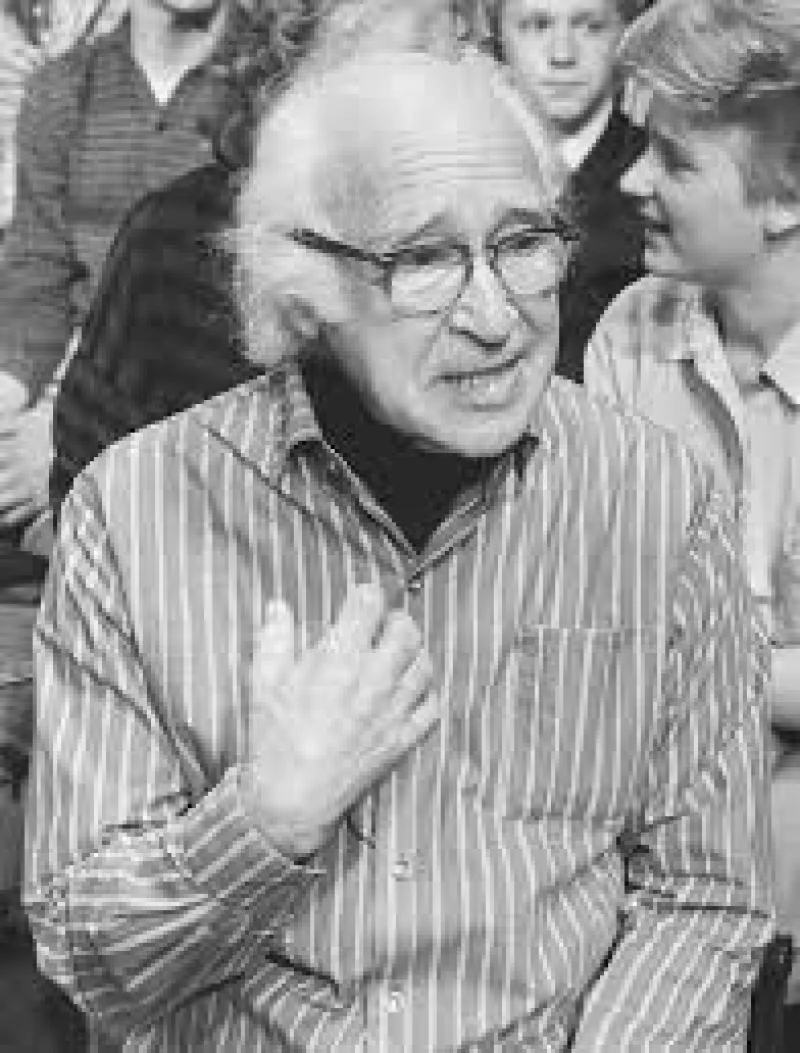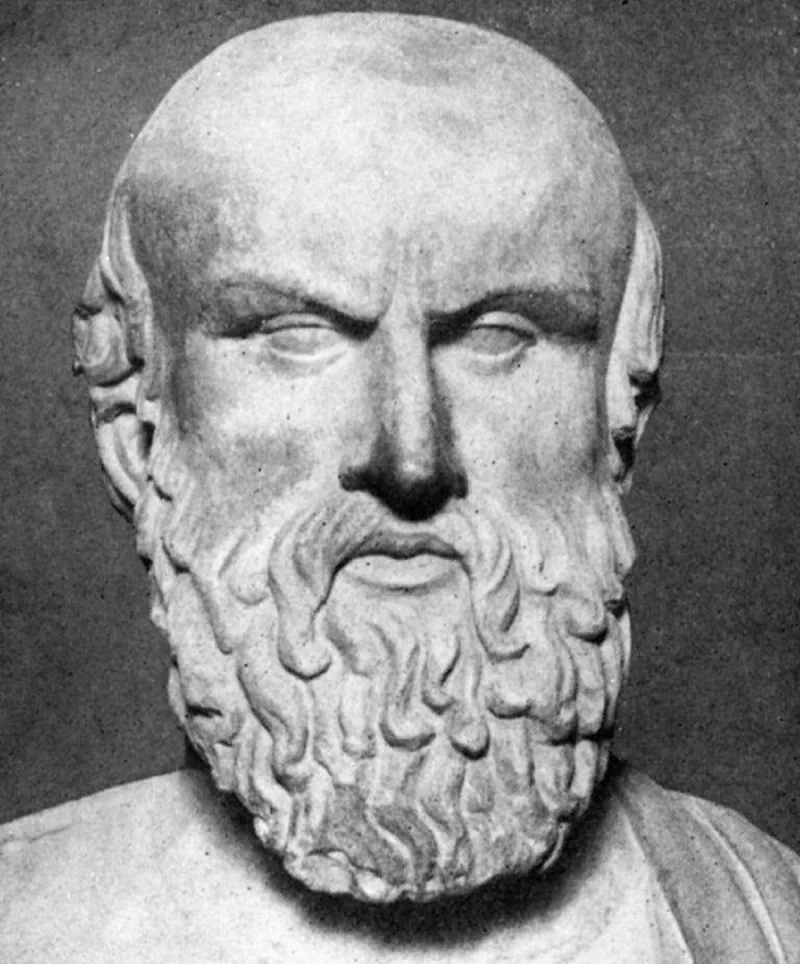Short Summary
George Wald was an American scientist renowned for his groundbreaking research on vision, particularly the biological mechanisms of the eye. He was awarded the Nobel Prize in Physiology or Medicine in 1967 for his discoveries concerning the physiological and chemical processes involved in the visual cycle. Wald's work significantly advanced the understanding of how light affects the eyes and laid the groundwork for future research in the field of vision. His contributions to science and his advocacy for social and political issues made him a highly respected figure in both academic and public circles.
Early Life & Education
George Wald was born on November 18, 1906, in New York City to Jewish immigrant parents. His father, Ernest, was a tailor, and his mother, Frances, was a homemaker. Wald displayed a keen interest in science from a young age, which led him to pursue higher education in the field. He attended Brooklyn's Erasmus Hall High School before enrolling at New York University, where he earned his bachelor's degree. Wald subsequently studied at Columbia University, obtaining his Ph.D. in Zoology in 1932. During his doctoral studies, he worked under the guidance of Selig Hecht, a prominent physiologist, who greatly influenced his future research interests in vision.
Career Highlights
After completing his Ph.D., George Wald was awarded a National Research Council Fellowship, allowing him to travel to Europe. There, he worked with Otto Warburg in Berlin and Paul Karrer in Zurich, gaining invaluable experience in biochemistry. Upon returning to the United States, Wald joined Harvard University in 1934, where he embarked on his pioneering research into the biochemical basis of vision. His work at Harvard spanned several decades, during which he made significant discoveries, such as identifying vitamin A as a crucial component of the visual cycle. Wald's career was marked by a deep commitment to both scientific inquiry and social activism.
Major Achievements
- Received the Nobel Prize in Physiology or Medicine in 1967 for his research on the visual process.
- Discovered the role of vitamin A in the visual cycle, providing critical insights into how the eye perceives light.
- Contributed to the understanding of photoreceptor cells in the retina and their response to light.
- Published numerous influential papers on vision and photochemistry, advancing the field significantly.
Famous Quotes
- "A scientist should be the happiest of men."
- "We are the products of editing, rather than authorship."
Interesting Facts
- Wald was an active advocate for nuclear disarmament and environmental issues.
- He served as a visiting professor at several international universities, including the University of Chile.
- In addition to his scientific work, he was known for his engaging and thought-provoking lectures.
- He was part of the Harvard faculty for over four decades.
Legacy / Influence
George Wald's research fundamentally altered the scientific understanding of vision, establishing the biochemical pathways that enable sight. His discoveries have influenced not only biology and medicine but also the development of treatments for vision impairments. Beyond science, his passionate advocacy for social justice and environmental issues left an indelible mark on society, inspiring future generations of scientists to consider the broader implications of their work.
FAQ
Q: Why is George Wald famous?
A: He is famous for his groundbreaking research on the biochemical processes of vision, which earned him a Nobel Prize.
Q: What did he discover about vision?
A: He discovered the critical role of vitamin A and identified photoreceptor cells in the retina involved in the visual process.
Q: What were his contributions to social issues?
A: Wald was a vocal advocate for nuclear disarmament and environmental conservation.
Q: Where did he work during his career?
A: He spent the majority of his career at Harvard University.













